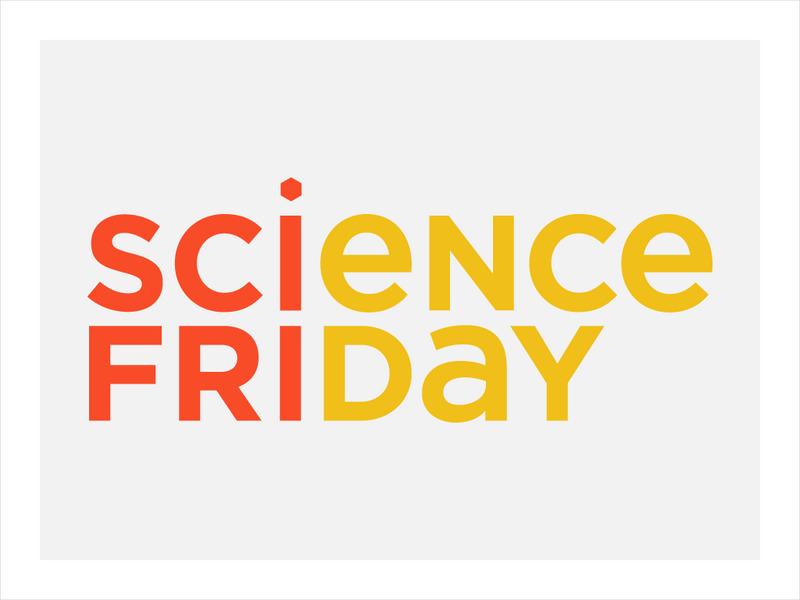Great Big Story
Inside the Harvard Brain Bank, Pioneering Neuroscience Research
Explore the vital work of the Harvard Brain Bank under the leadership of Sabina Berretta, facilitating groundbreaking research into neurological and psychiatric disorders.
Curated Video
LIfe after the Olympics for Hayley Wickenheiser
Life after the Olympics has been quite an experience for Hayley Wickenheiser. The longtime hockey star retired last year and is now a member of the IOC Athlete's Commission. In this interview with The National's Rosemary Barton,...
Curated Video
Former NHL enforcer joins CTE study
Former NHL enforcer Chris ‘Knuckles’ Nilan has joined a study to learn more about the impact of contact sports on the brain, specifically the role of repeated hits to the head in developing Chronic Traumatic Encephalopathy (CTE) – which...
PBS
Nova: Mirror Neurons
PBS site explores mirror neurons and why humans get so worked up watching other people. Contains links to a video segment on the discovery and significance of mirror neurons, a research update involving a study using pro dancers, an...
PBS
Pbs Teachers: Inside the Teenage Brain
Observe how scientists are exploring the recesses of the brain and finding some new explanations for why adolescents behave the way they do. Examine how the discoveries could change the way we parent, teach or perhaps even understand...
Science Friday Initiative
Science Friday: Hm, Amnesia, and Memory
The case of Henry Gustav Molaison, or HM as scientists knew him, changed the course of brain research. HM suffered from amnesia from the age of 27, and could not remember anything beyond the last thirty seconds. He passed away shortly...
National Science Foundation
National Science Foundation: Mysteries of the Brain: Evolving Brain
Researchers are studying transparent zebra fish larvae to understand the neural circuitry of the human brain. [4:55]
National Science Foundation
National Science Foundation: Mysteries of the Brain: Brain States and Consciousness
A neurobiologist and a mathematician are studying the fruit fly to learn more about how cells communicate during sleep. [4:45]
National Science Foundation
National Science Foundation: Openf Mri Allows Neuroscientists to Share Brain Research Data
Describes a project out of Stanford University where medical researchers will be able to securely share and access fMRI brain scans on a global scale. This sharing of information will do much to advance the progress of brain research....
National Science Foundation
National Science Foundation: Mysteries of the Brain: Perceiving Brain
A neuroscientist studies how the brain processes information by examining fMRI brain images to see what areas of the brain are active with various stimuli. [4:53]
National Science Foundation
National Science Foundation: Mysteries of the Brain: Building a Brain
The simple tadpole brain is being studied by a neuroscientist to better understand brain development and how information from the surrounding environment is processed. [5 min.]
National Science Foundation
National Science Foundation: Mysteries of the Brain: Thinking Brain
A neuroscientist explains synaptic processes in the brain and how they enable learning and memory. [4:49]
National Science Foundation
National Science Foundation: Mysteries of the Brain: Emotional Brain
Researchers at Duke University are using virtual reality to study how the brain processes positive and negative emotions. [4:31]
National Science Foundation
National Science Foundation: Mysteries of the Brain: Brain Computer Interface
Scientists at the University of Washington are developing devices that rely on brain-computer interfaces which register task-specific brain activity, and then use the information to empower the devices to perform those tasks. [4:54]




